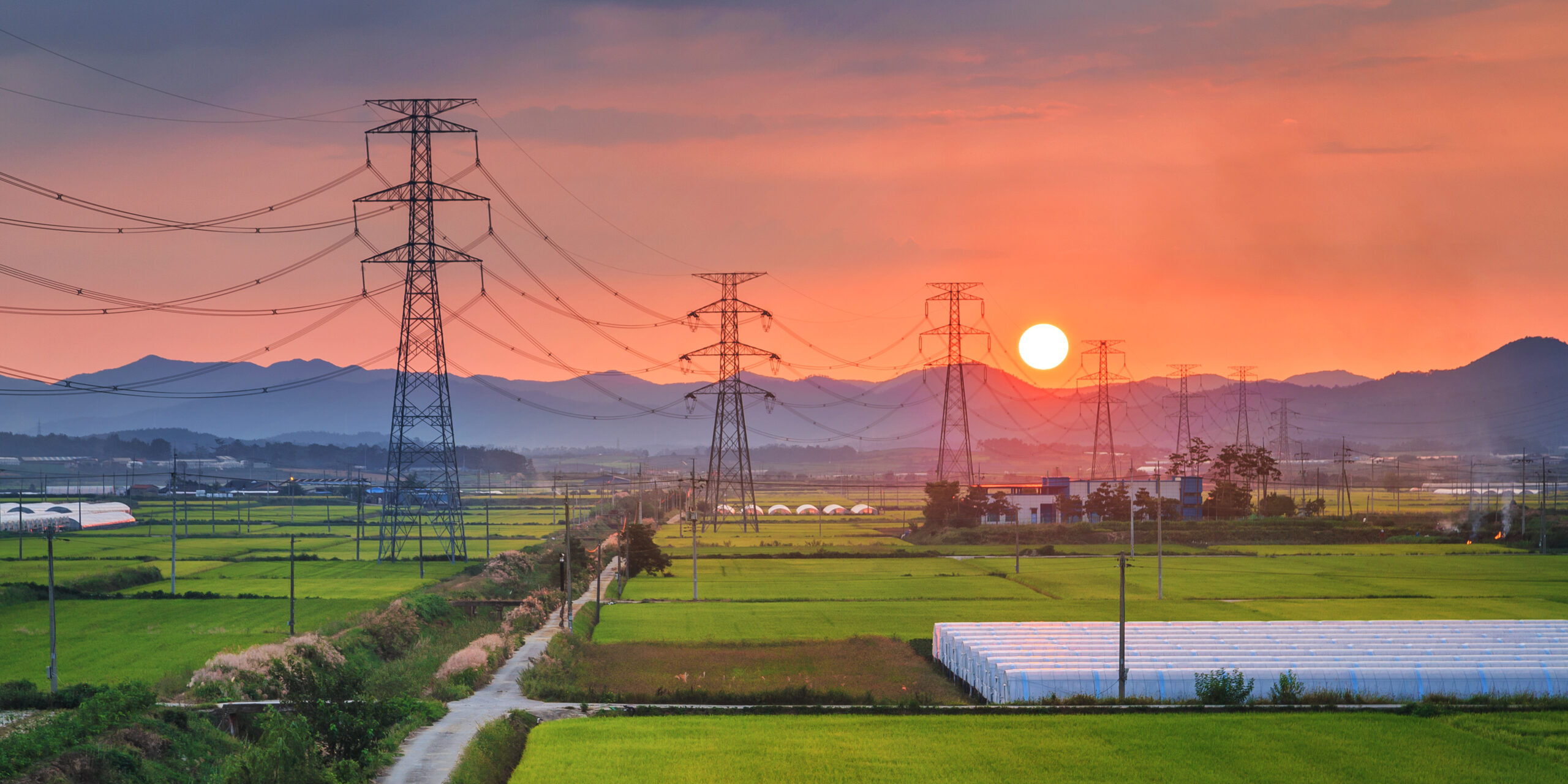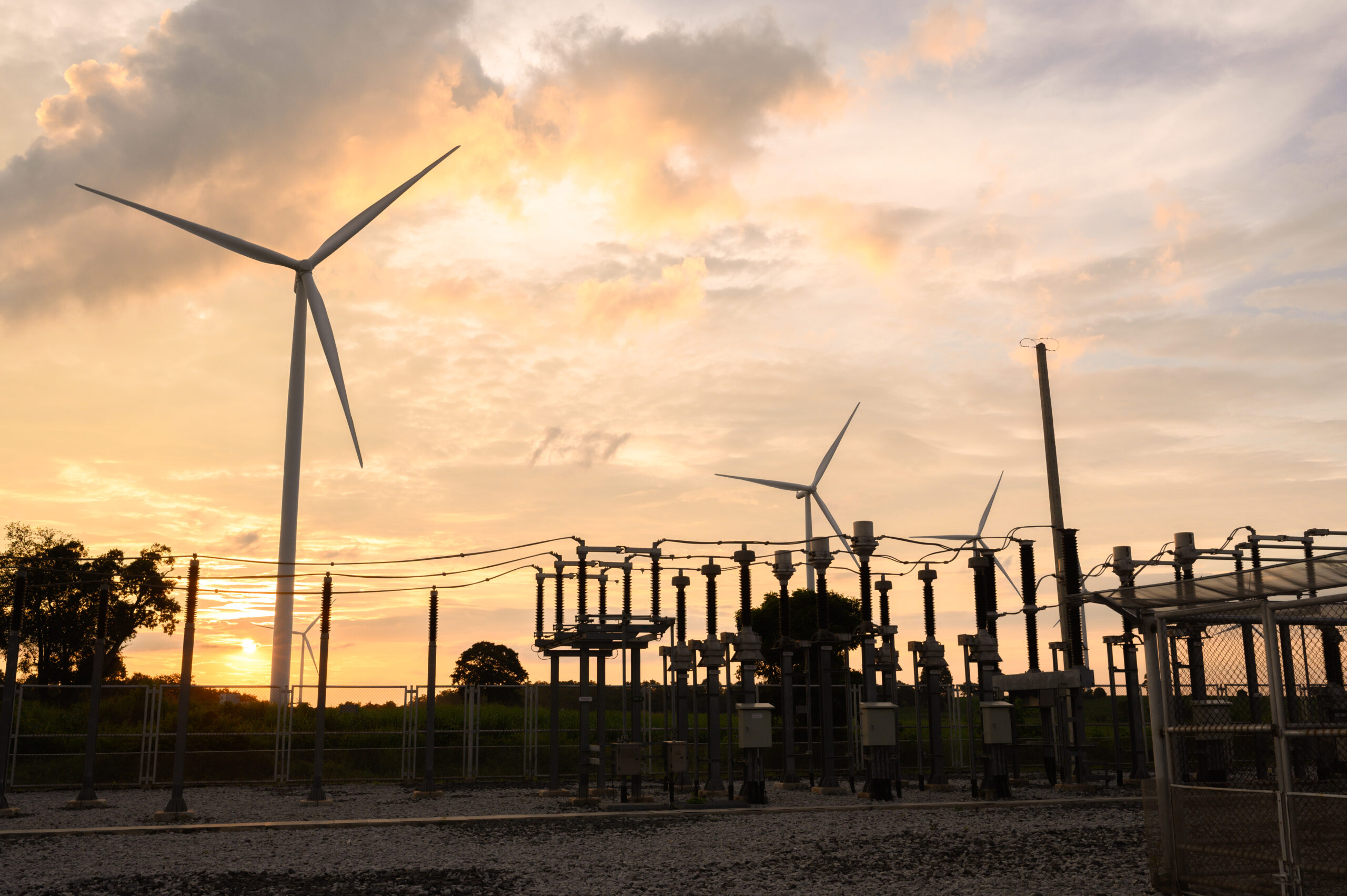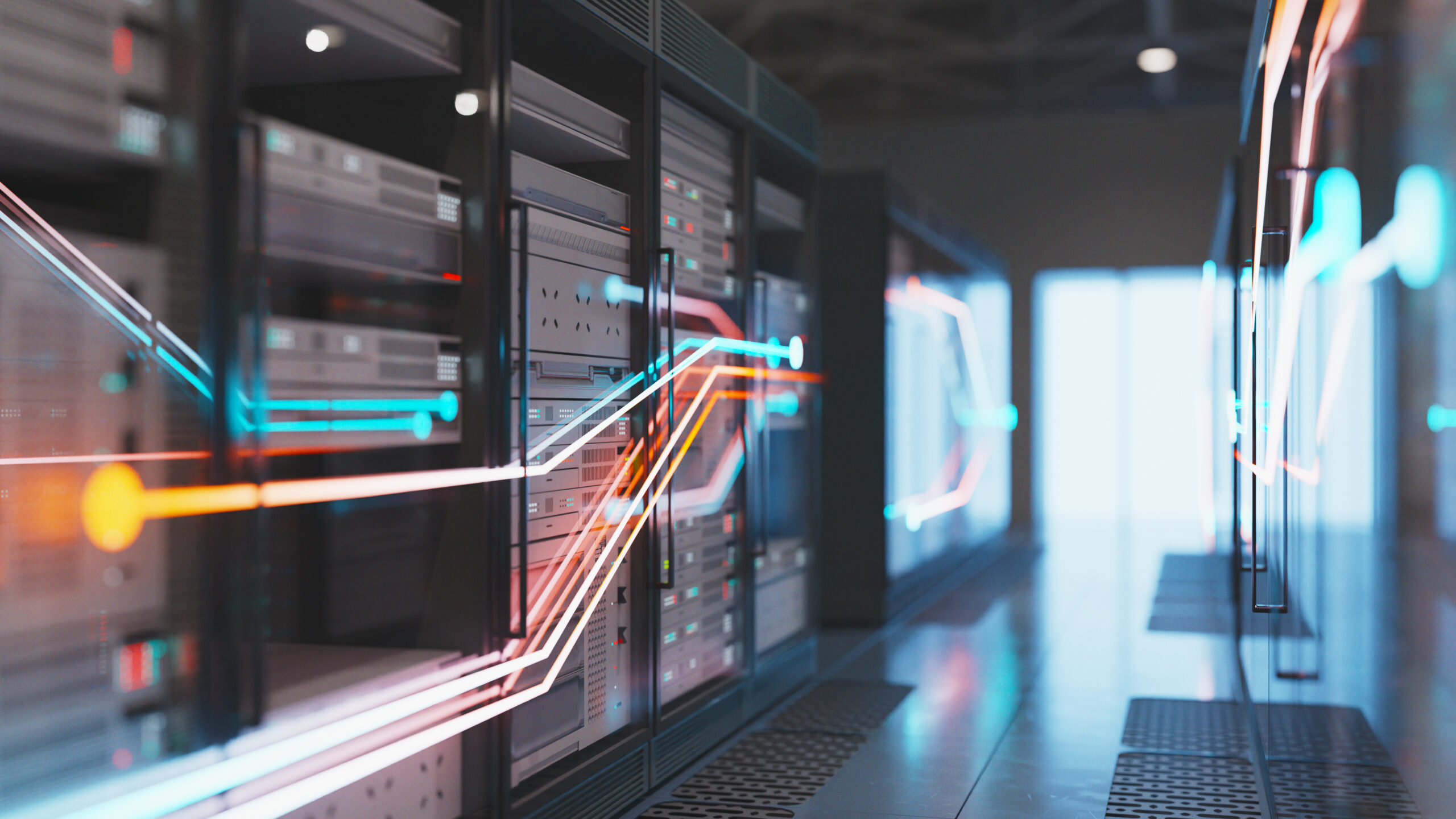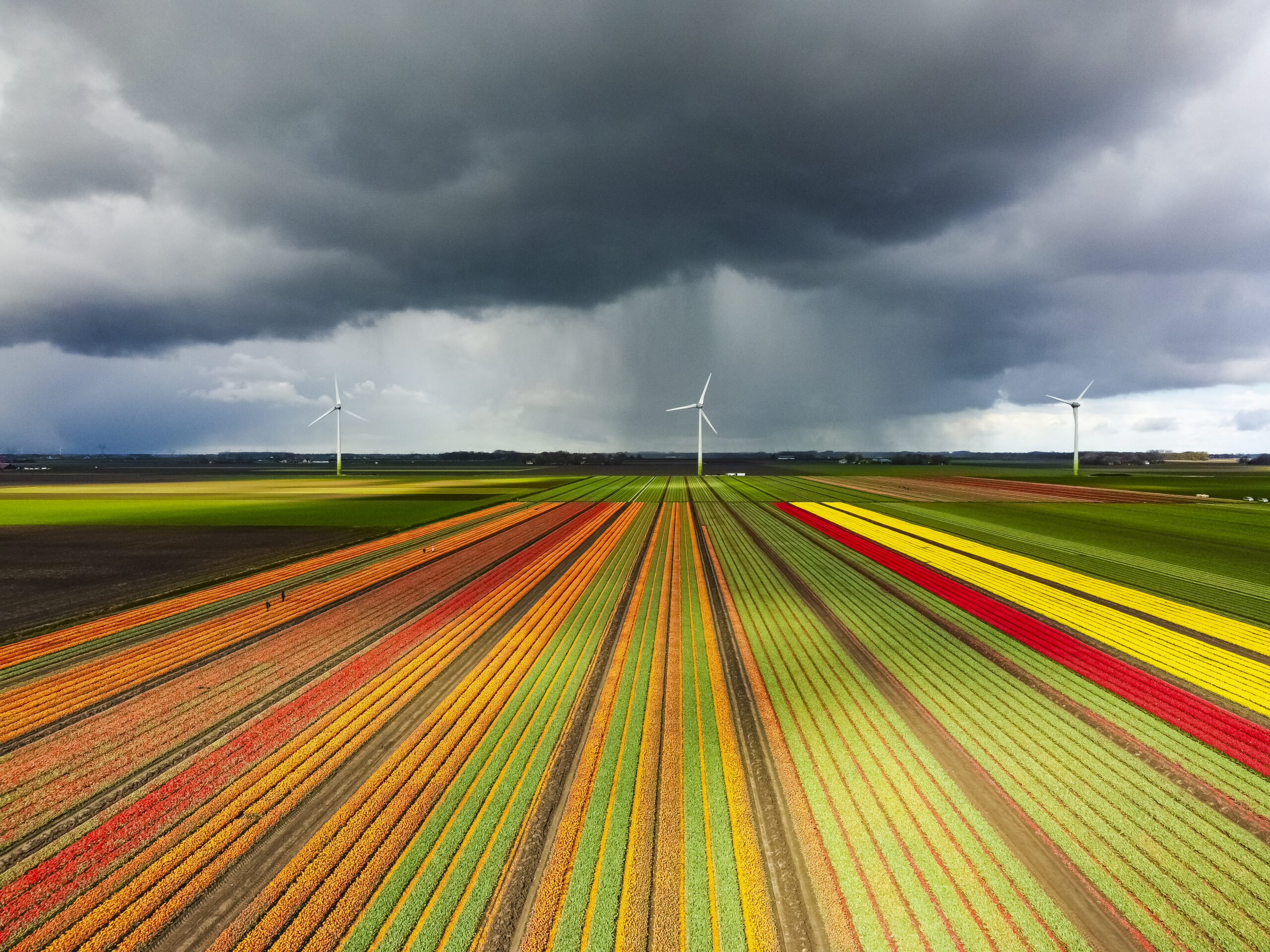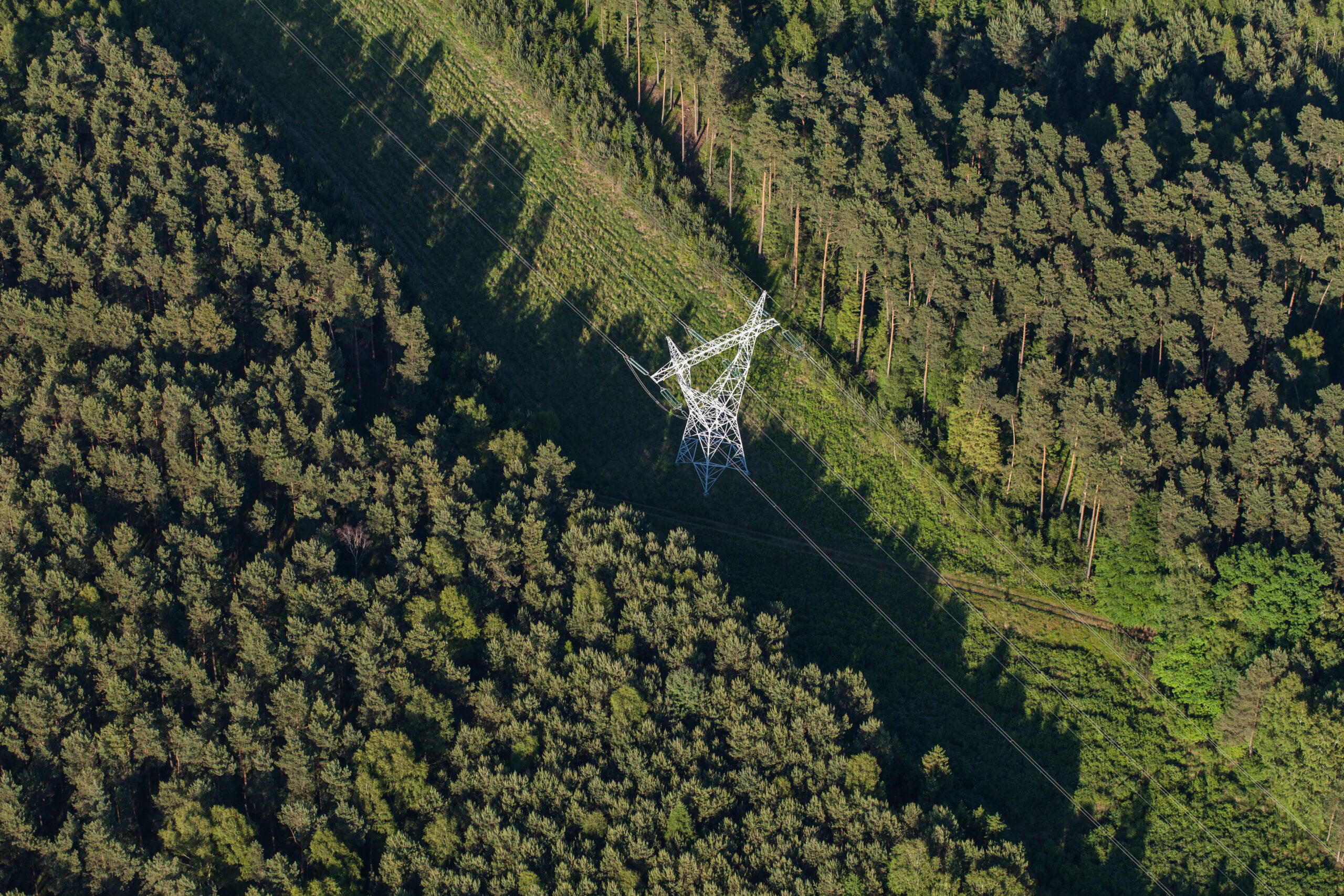Sharing what we’ve learned
TRC experts share their thoughts and insights on the trends and challenges impacting their markets.
Search by
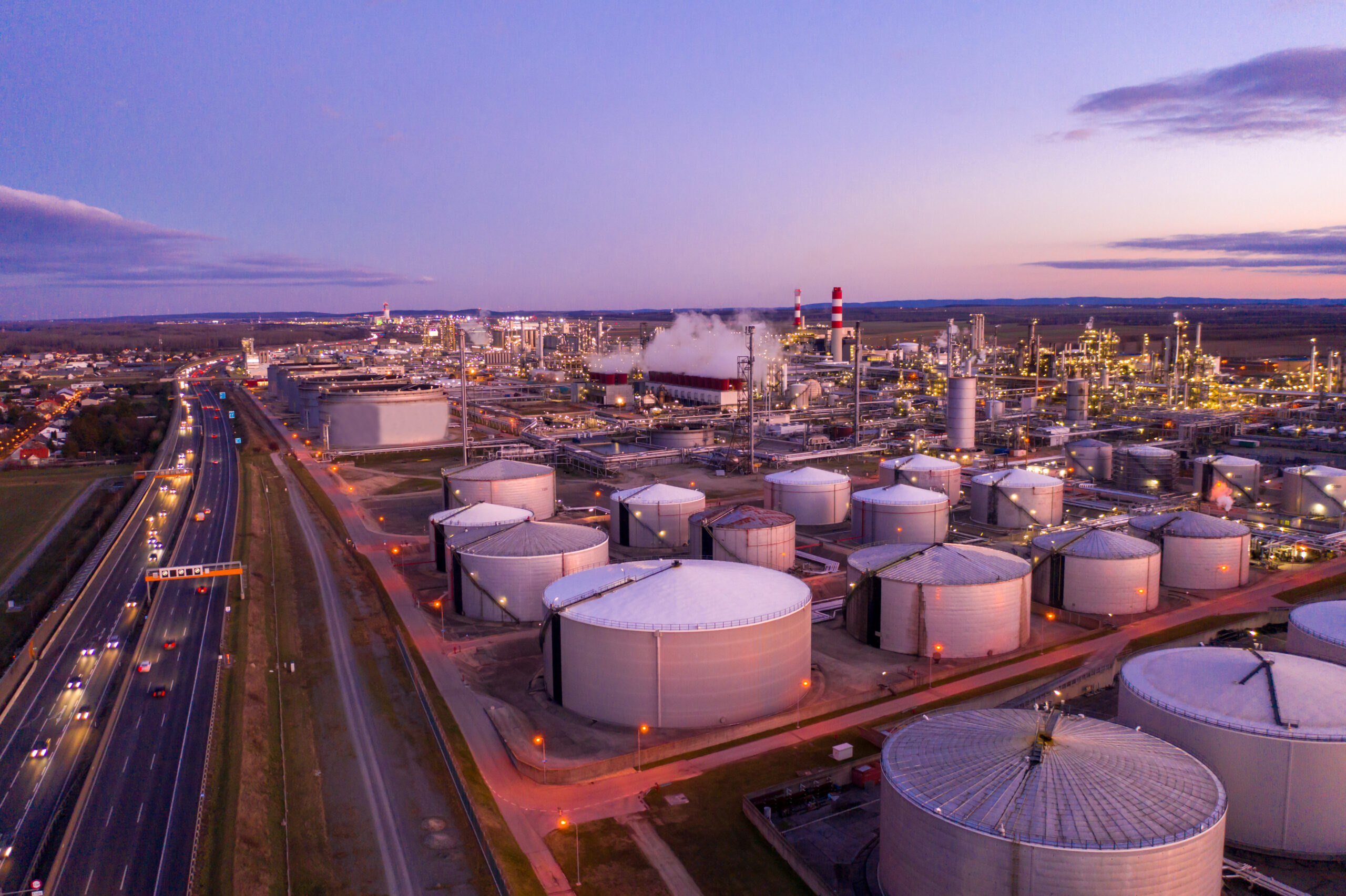
Insights
Advantages of Real-Time, Ultra-Sensitive Chemical Detection: PTR-TOF-MS and Soft Ionization Mass Spectrometry
July 7, 2025Advanced Proton Transfer Reaction Time-of-Flight Mass Spectrometry (PTR-TOF-MS) and Aerosol Ionization Mass Spectrometry (AIMS) technologies are transforming combustion optimization, ambient monitoring, and emissions monitoring.
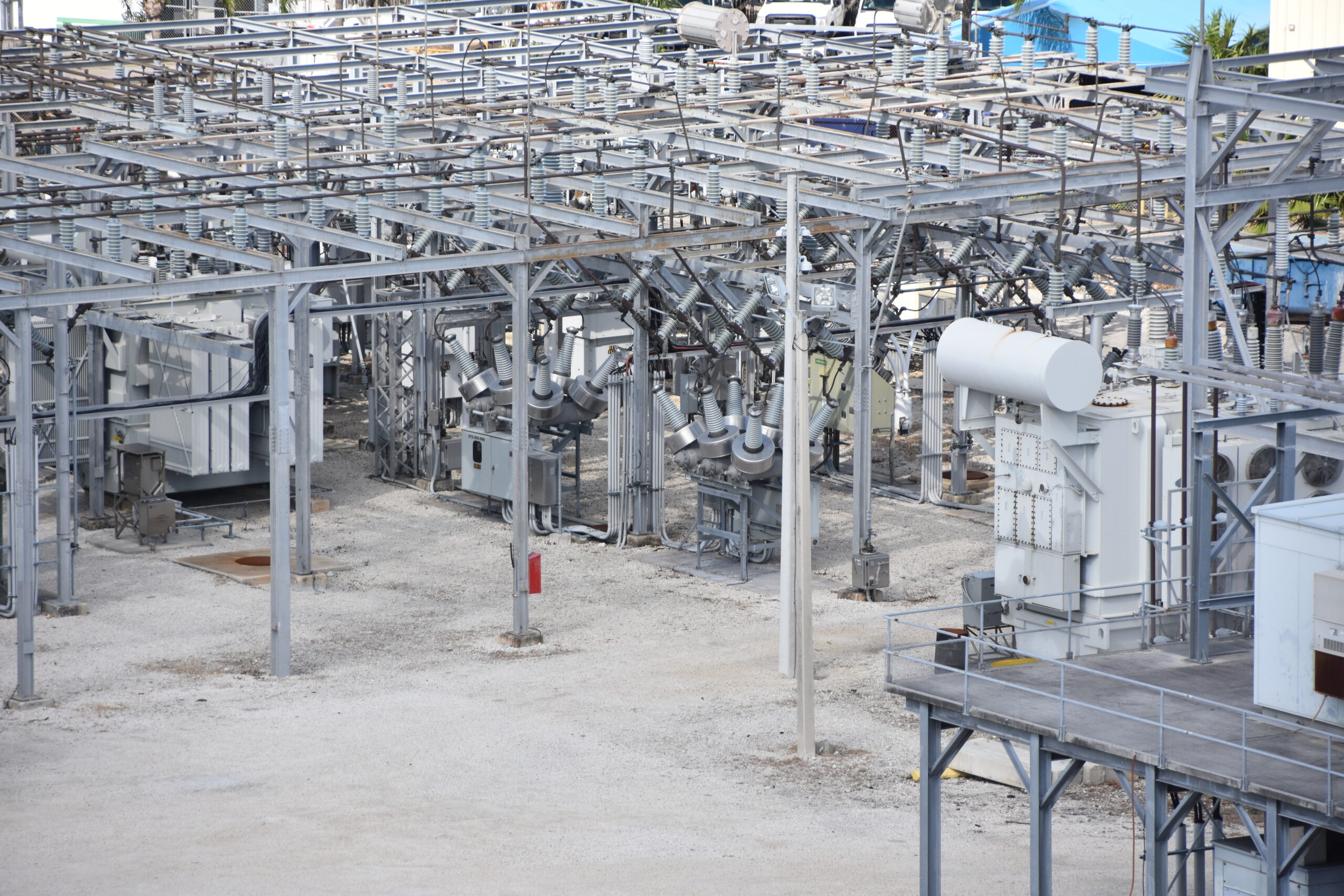
Insights
The Transformative Benefits of 3D Facility Mapping for Utilities
June 26, 2025Discover how modern 3D facility mapping empowers utilities to modernize infrastructure, improve asset management, and enable remote workflows with accurate digital twins, delivering cost savings and operational efficiency.
0 results
That’s all!



